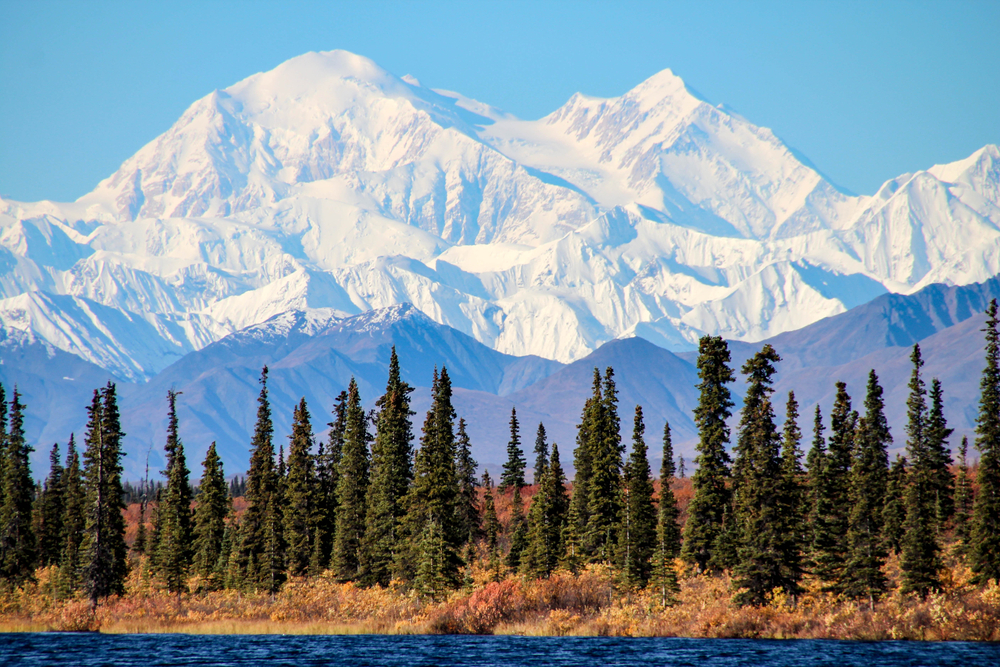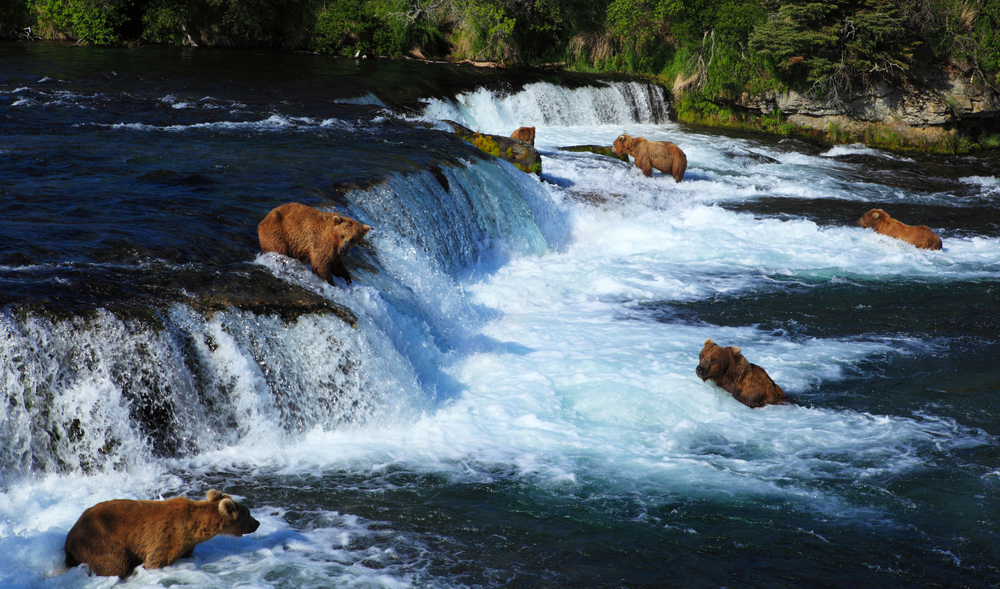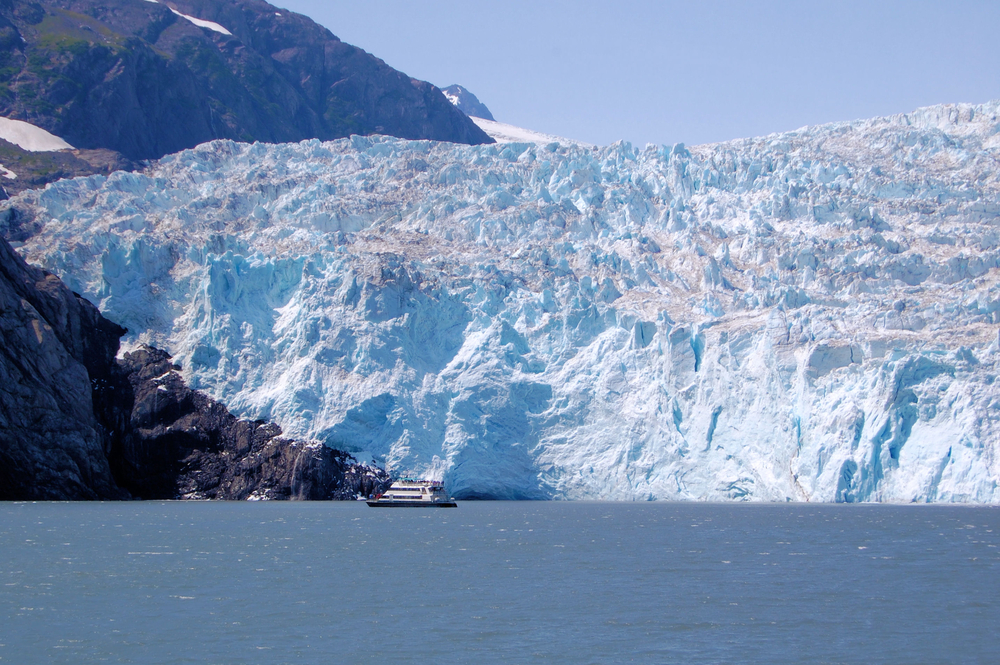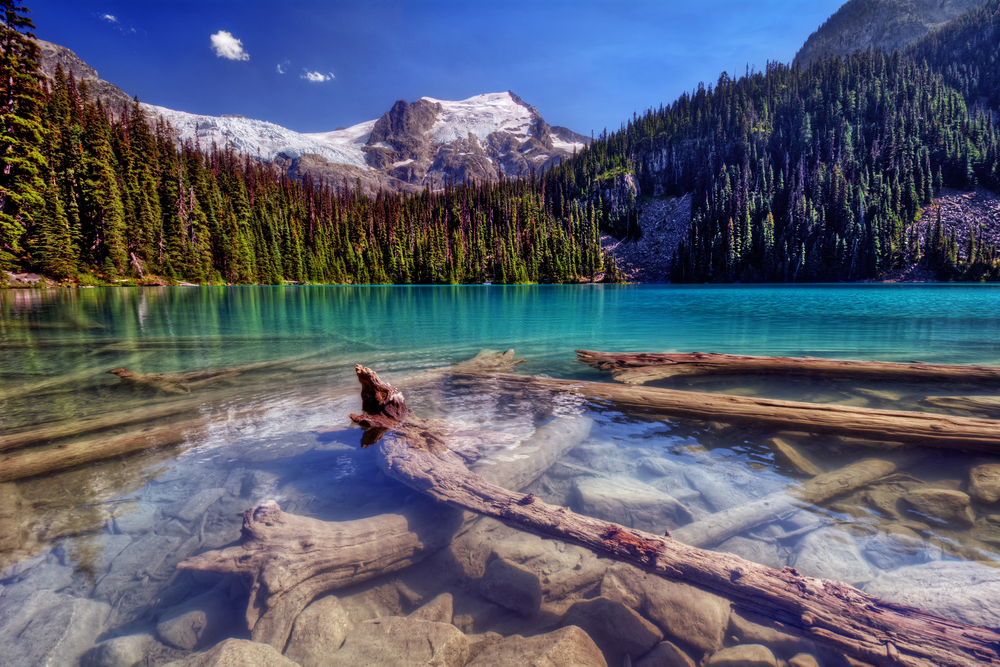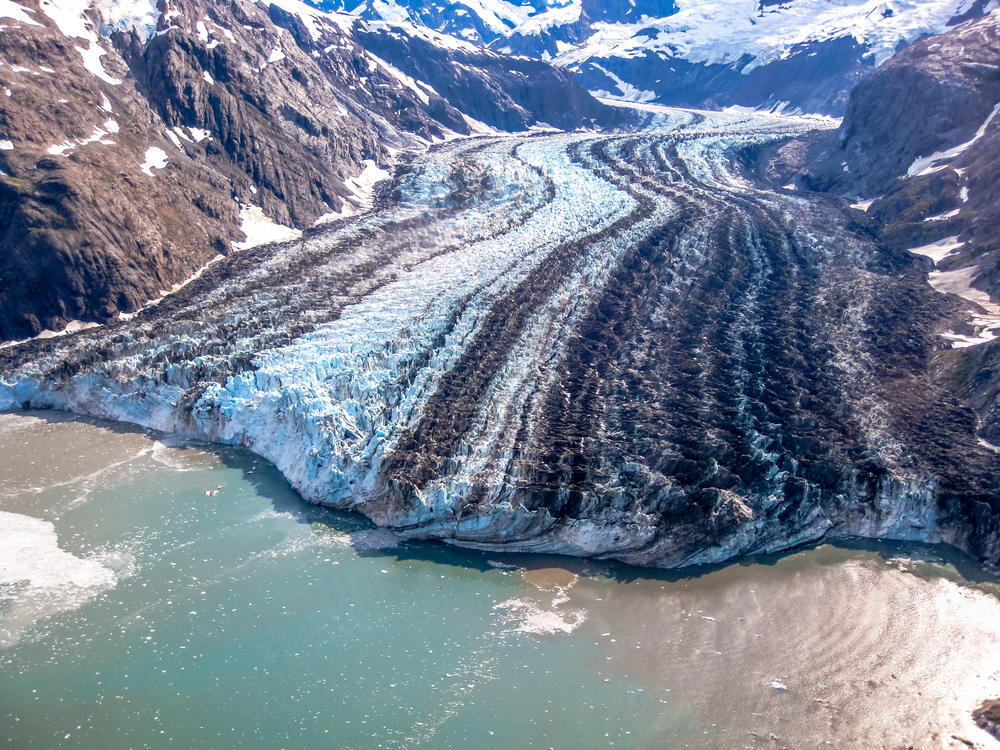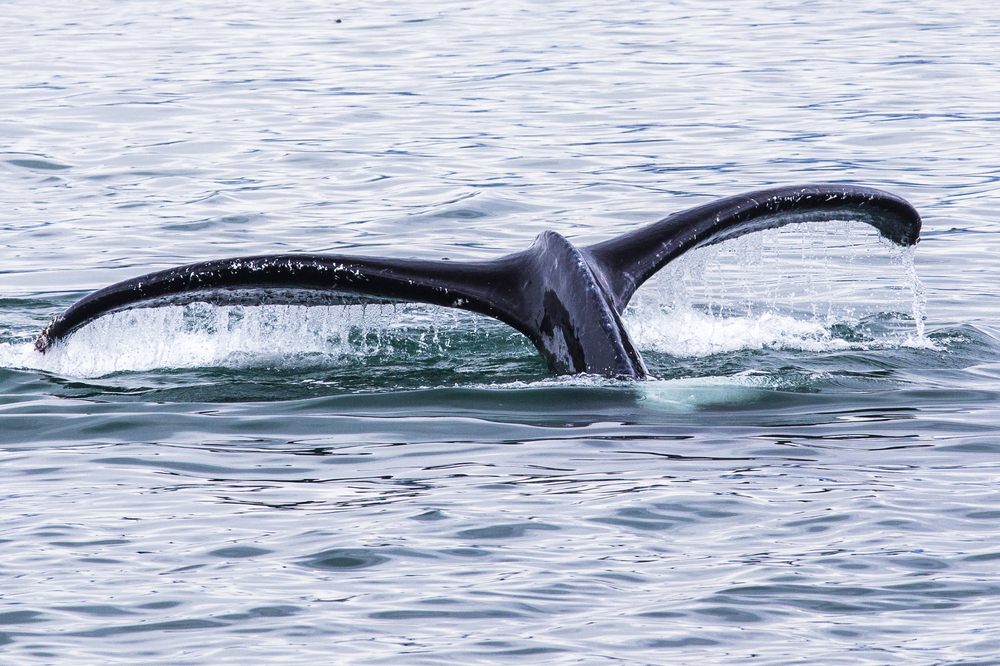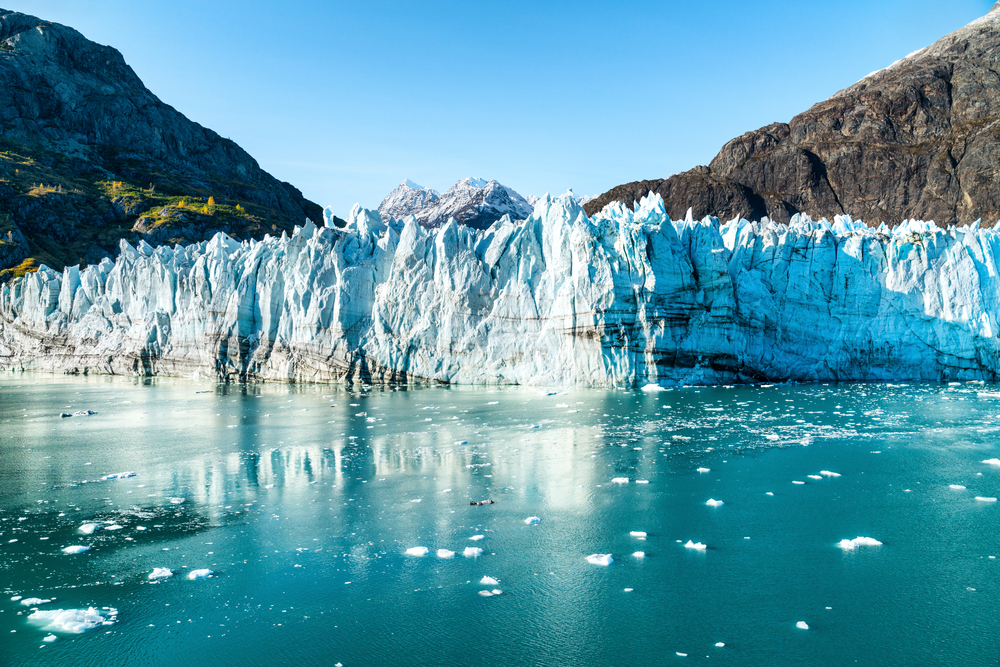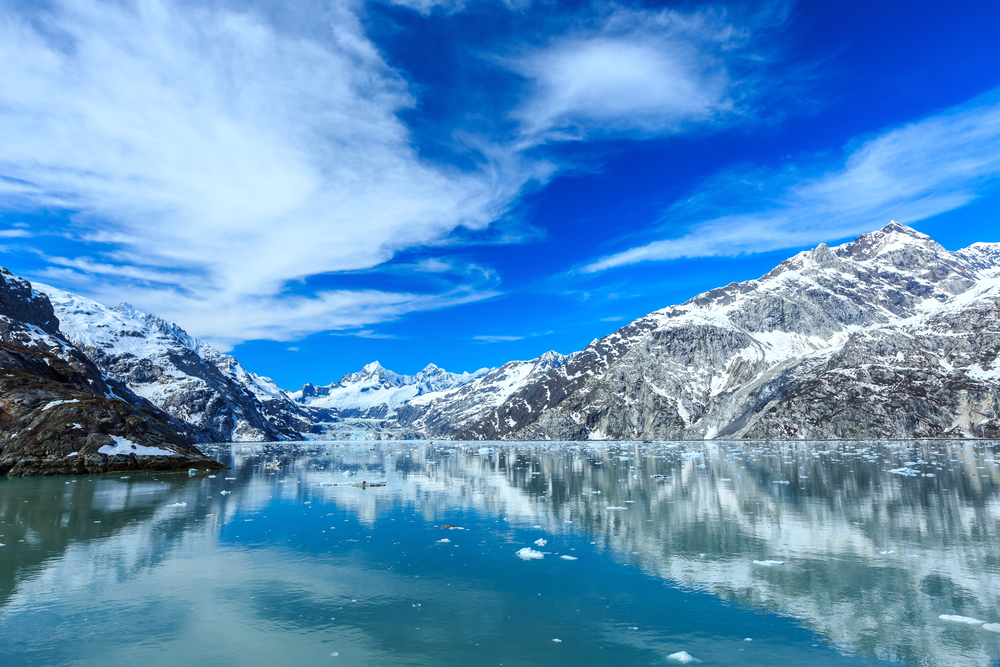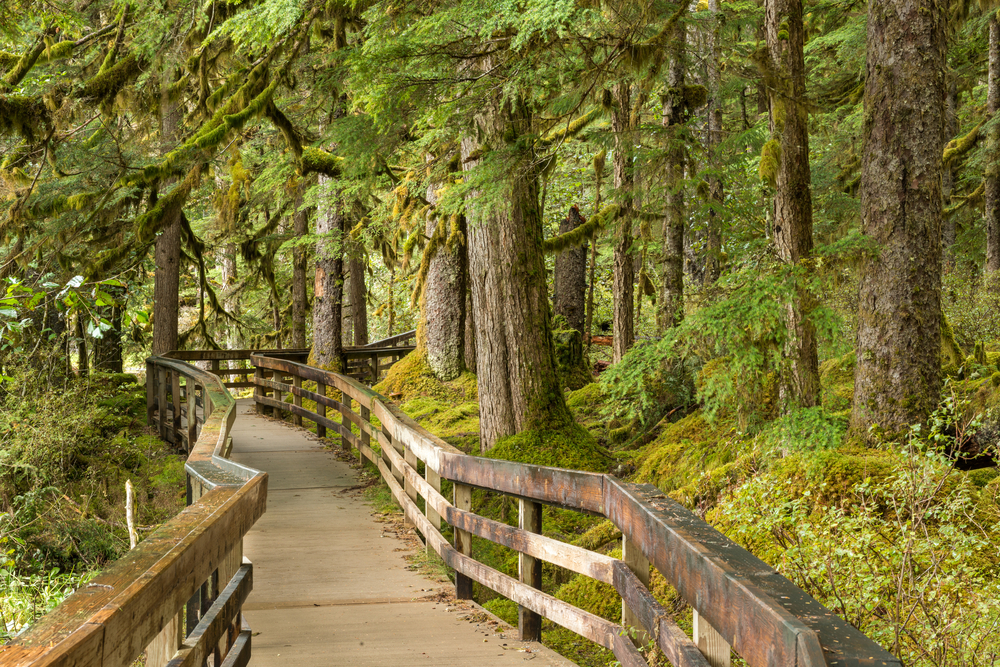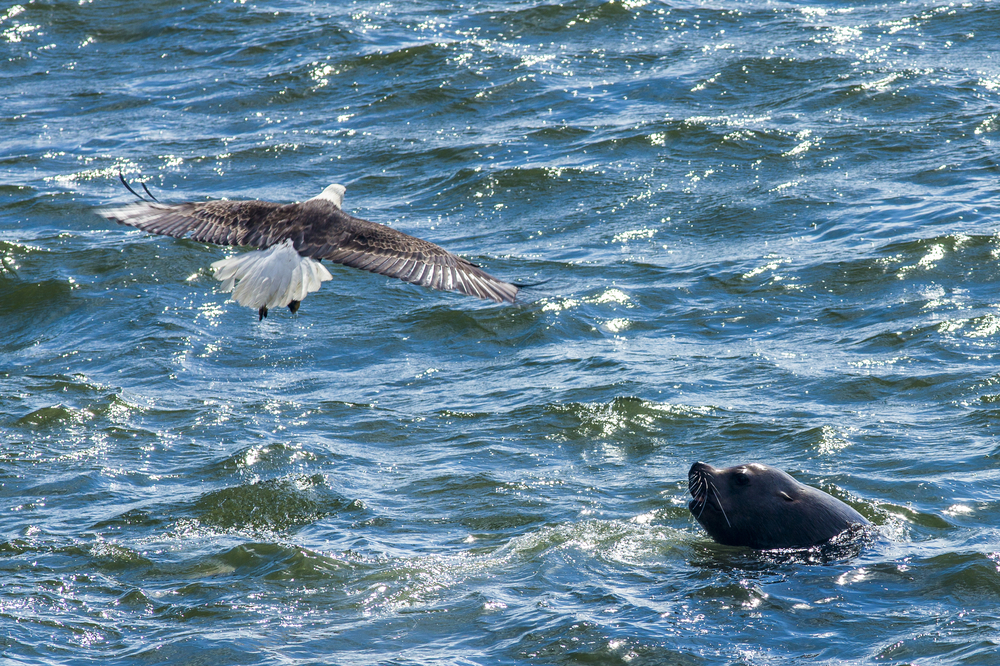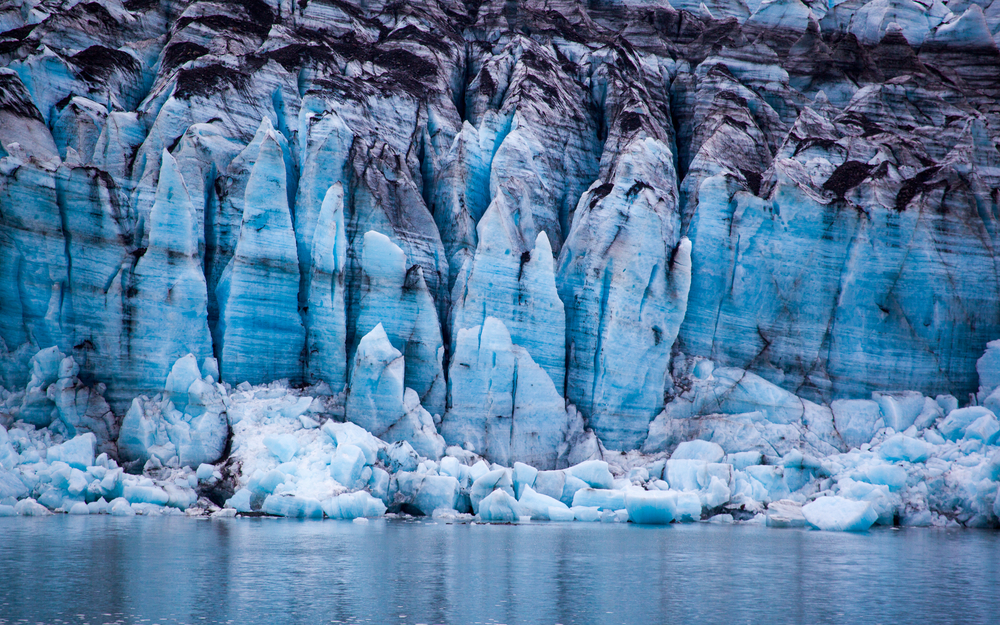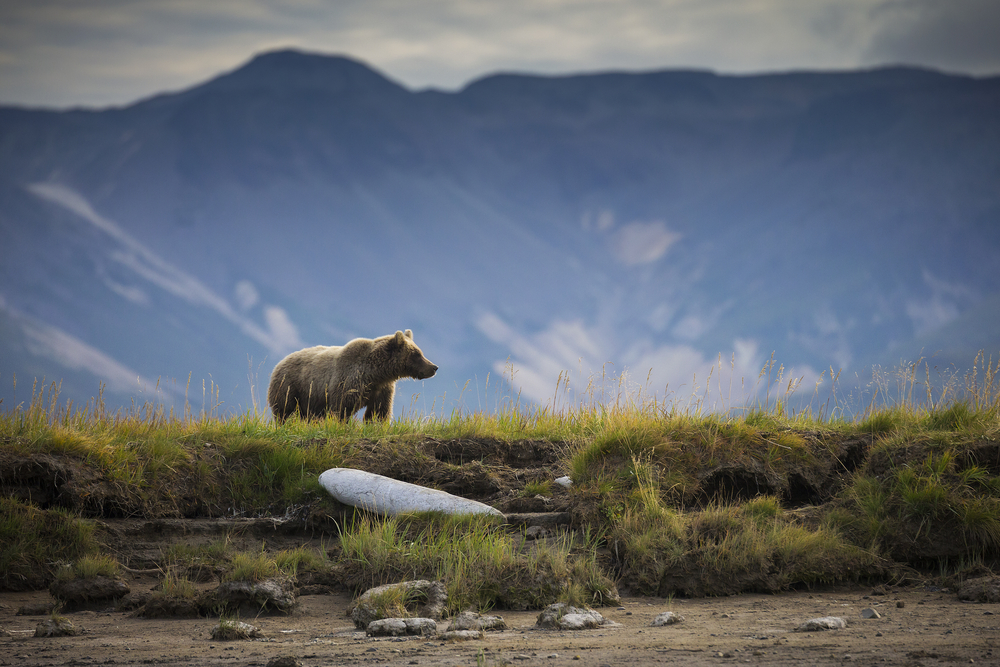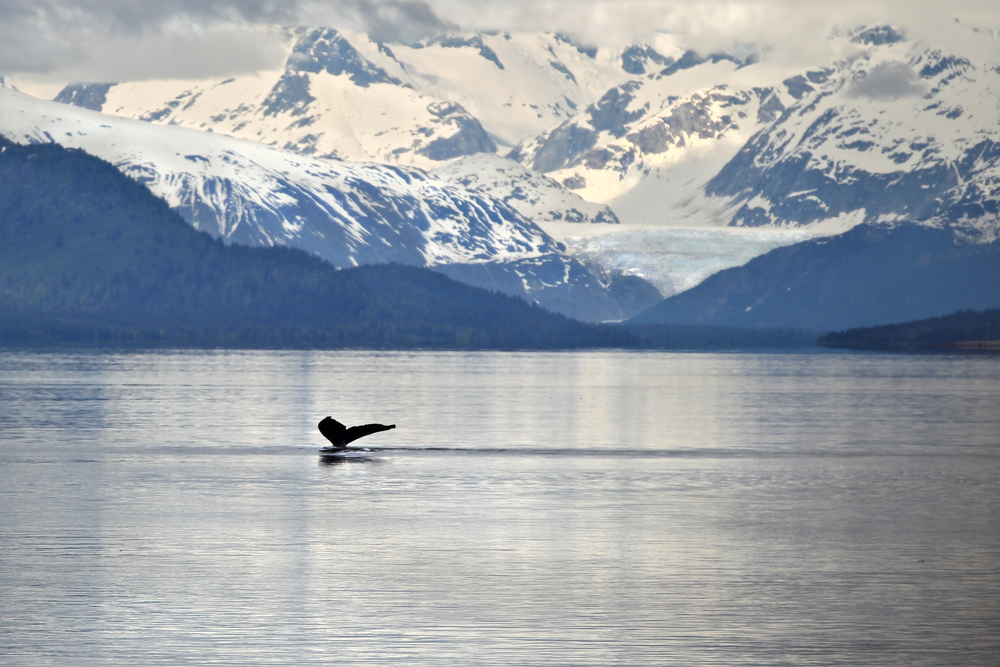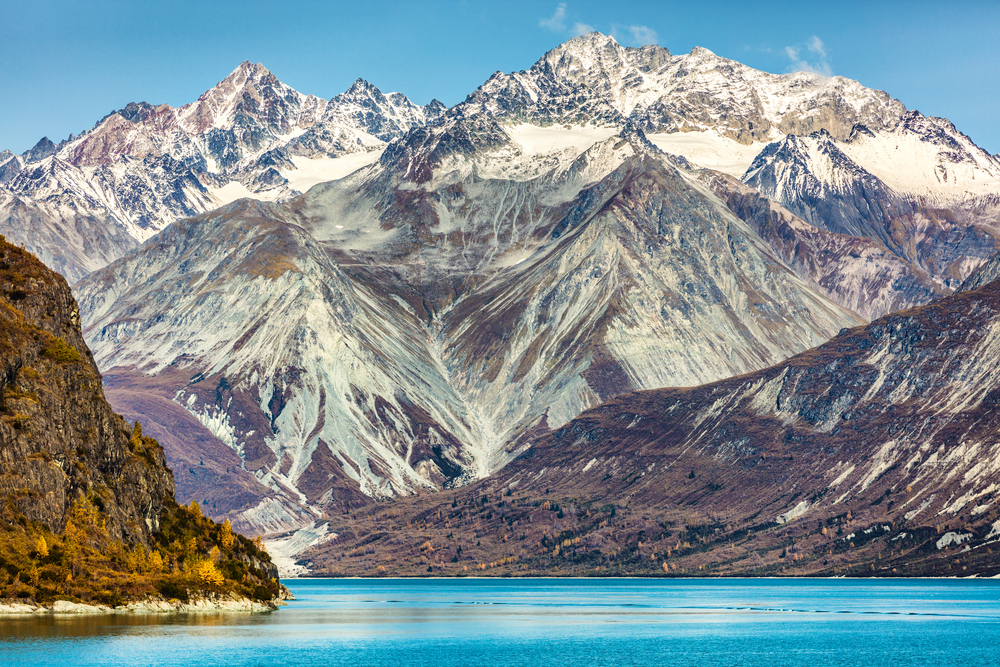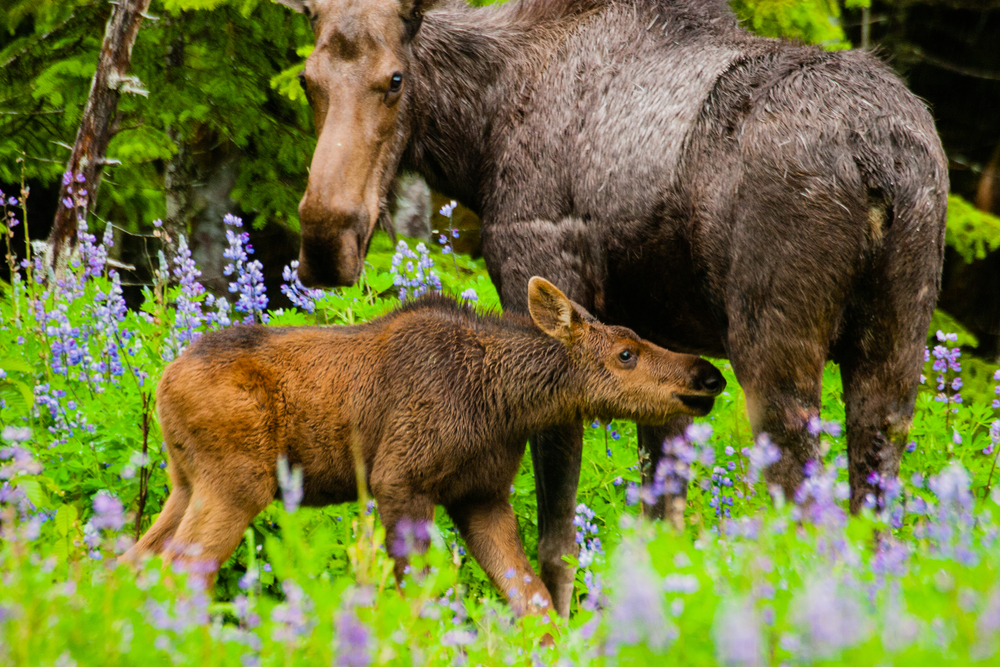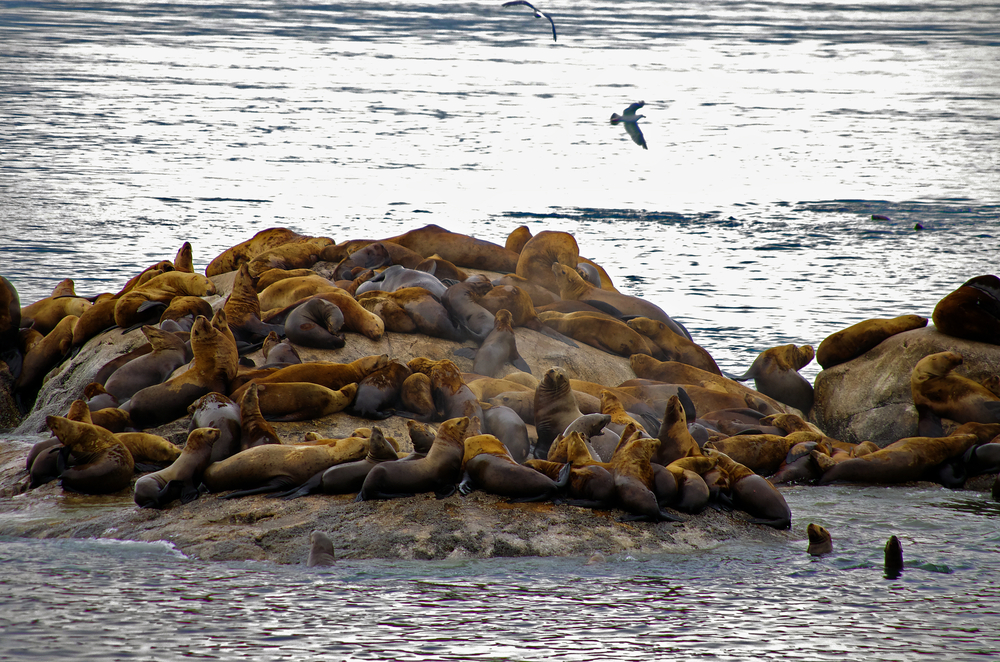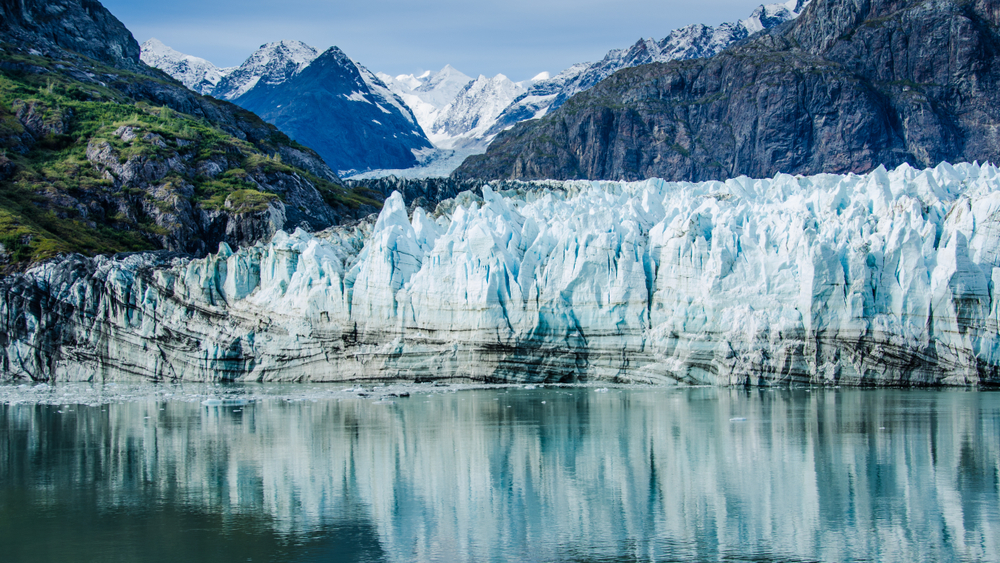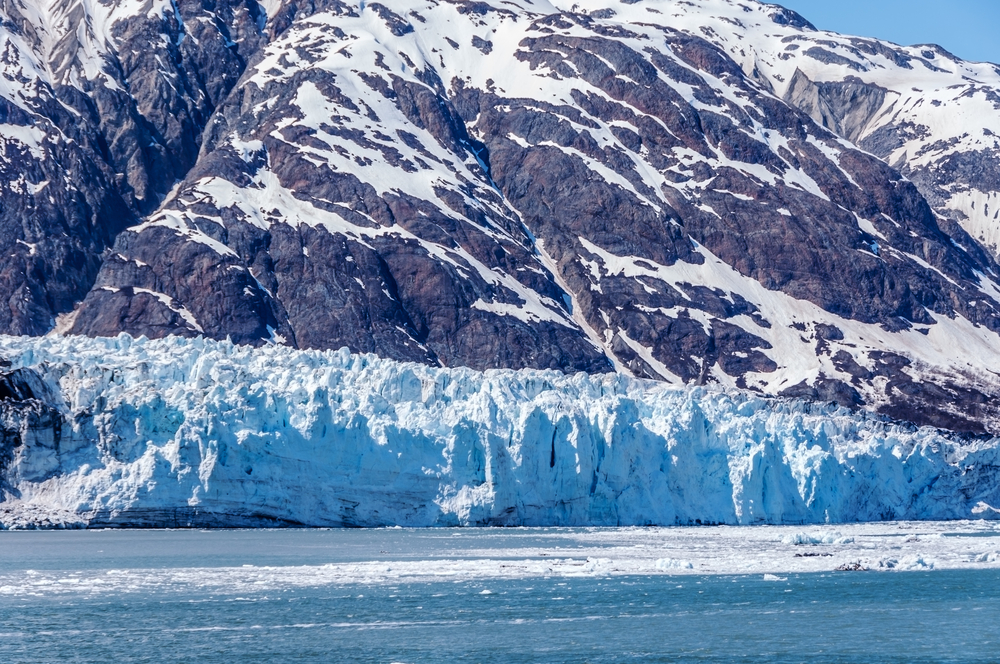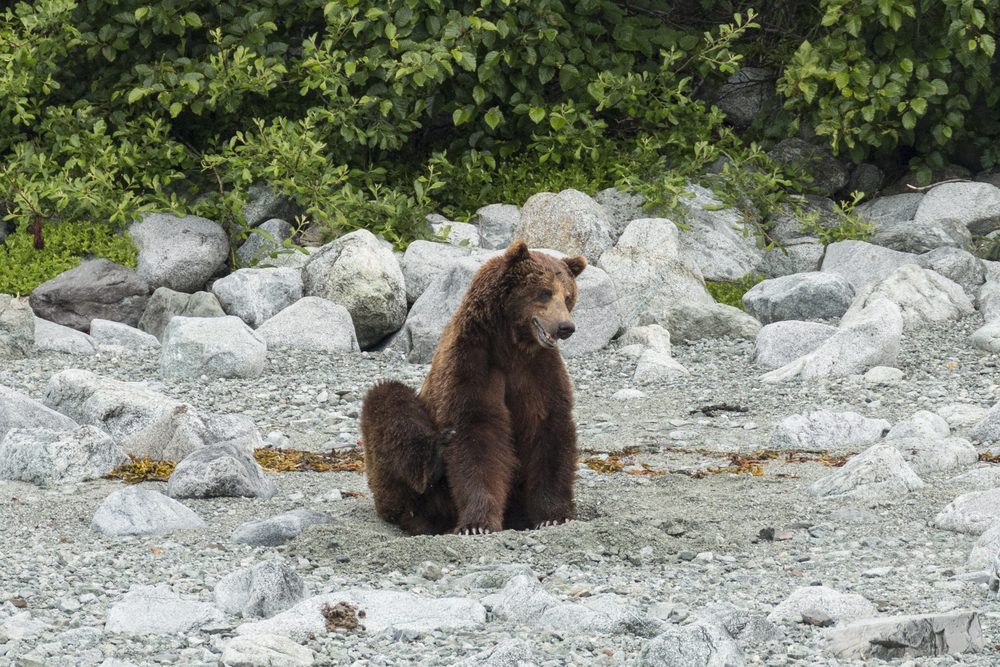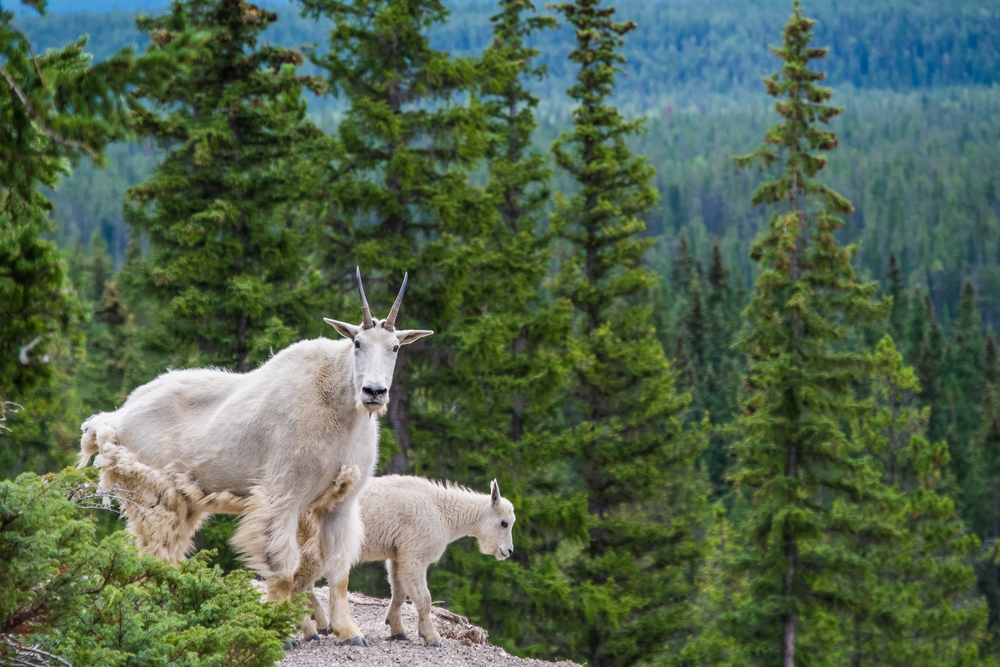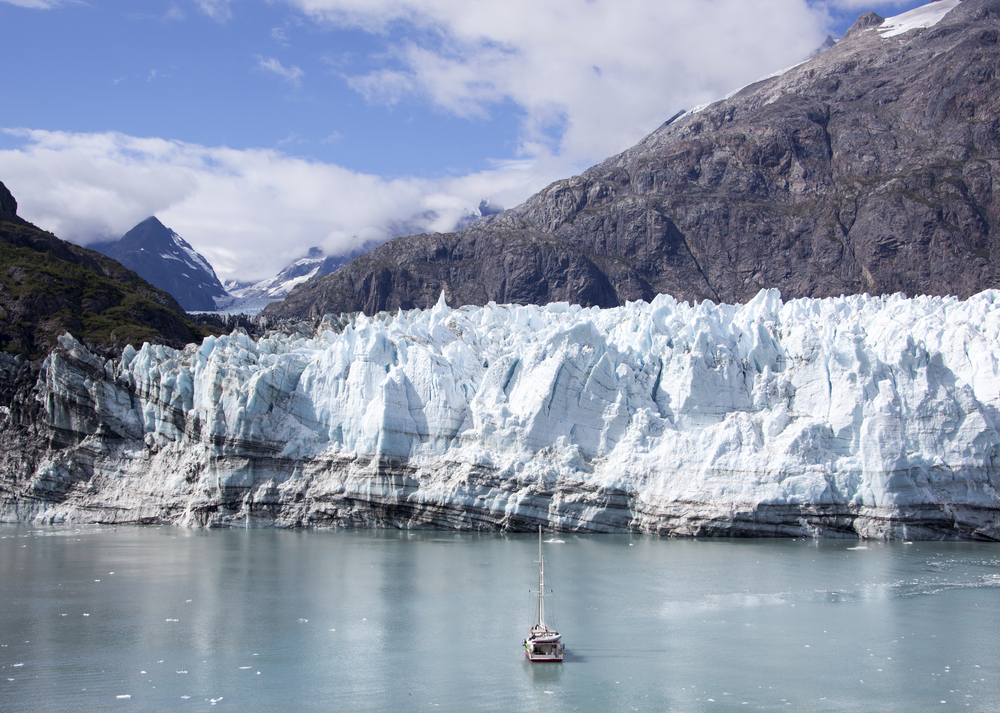Popular
Glacier Bay National Park, a breathtaking expanse of wilderness in Southeast Alaska, is celebrated for its dramatic landscapes and as a haven for an array of wildlife species that thrive in its marine, coastal, and forested environments, drawing visitors from around the globe who seek to experience the untouched beauty of the Alaskan wilderness.
Humpback Whale – Migrating to the park’s nutrient-rich waters each summer, Humpback Whales are known for their spectacular breaches and haunting songs, a highlight for any visitor.
Brown Bear – Roaming the park’s forests and coastlines, Brown Bears are a magnificent sight, foraging for salmon in rivers and sifting through tidal flats for food.
Bald Eagle – Emblematic of American wilderness, Bald Eagles are often seen perched atop trees or soaring above the water, scouting for fish.
Mountain Goat – Adapted to Glacier Bay’s rugged terrain, Mountain Goats are spotted on steep cliffs and rocky outcrops, their white coats standing out against the landscape.
Sea Otter – Floating on their backs in kelp beds, Sea Otters are a playful presence in the park, using rocks to crack open shellfish.
Steller Sea Lion – These massive marine mammals gather on the park’s rocky haul-outs, their loud roars a common sound along the coastline.
Moose – The largest member of the deer family, Moose are often seen browsing the park’s willow thickets and aquatic vegetation in wetland areas.
Orca – Also known as killer whales, Orcas are powerful predators, occasionally seen hunting in the park’s waters, their striking black and white patterns unmistakable.
Puffin – Both the Horned and Tufted Puffins breed on the park’s remote islands, their colorful beaks and awkward landings a delightful sight.
Harbor Seal – Resting on ice floes and beaches, Harbor Seals are a common sight, their round, curious eyes watching visitors as they navigate the bay’s waters.
Glacier Bay National Park’s diverse inhabitants, from the majestic Humpback Whale to the solitary Moose, showcase the incredible adaptability and richness of wildlife in one of the world’s most spectacular natural settings, offering endless opportunities for discovery and awe.











































































